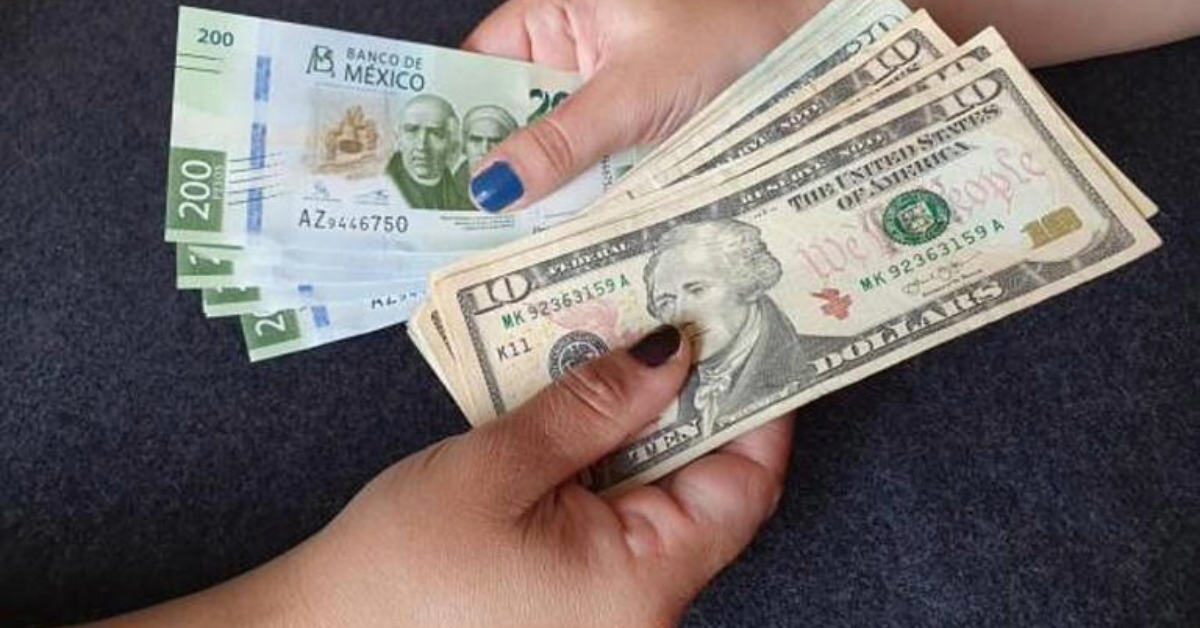Puerto Vallarta, Mexico – Mexico’s peso sank to its weakest level in over two years on Wednesday, as financial markets reacted to the win of Donald Trump in the U.S. presidential election. The currency dropped sharply in early trading, hitting 20.8038 pesos to the dollar for the first time since August 2022—a decline of more than 3% from its previous close. This marks the peso’s most significant tumble since Mexico’s own election turmoil last summer.
The currency partially recovered but remained under pressure, hovering around 20.6260 to the dollar. While emerging market currencies broadly suffered against a soaring U.S. dollar, the peso faced some of the steepest losses. “The Mexican peso has been hit hard,” said Chris Turner, global head of markets at ING. “High volatility is also undermining the carry trade, and it’s hard to rule out a move to 22.00 over the coming weeks.”
The U.S. dollar’s climb began after early indications suggested a Republican win in Georgia, pushing the dollar index to a four-month peak. Markets are concerned that Mexico could face renewed trade barriers under a Trump presidency, similar to the tensions experienced during his previous term. After Trump’s 2016 presidential victory, the peso plummeted around 8.5% against the dollar to a then-historic low.
Turner warned that 2025 could be a “rough year for the peso” if President Trump questions the renewal of the United States-Mexico-Canada Agreement (USMCA) during its scheduled review in 2026. The trade pact, which took effect in 2020, is crucial for North American economic relations. “Irrespective of a red sweep or not, tariffs would be back in play under Trump 2.0, and Mexico is set to face negative pressure amid noise on USMCA renegotiations plus additional tariffs,” noted Citi’s Luis Costa in a client note.
In anticipation of these developments, Citibank has initiated a short position on the Mexican peso versus the South African rand, expecting the Latin American currency to weaken further in that pairing. Costa also advised investors to watch for possible interventions by central banks in emerging markets. He highlighted that Banxico, Mexico’s central bank, has stated it could intervene if markets become highly dysfunctional.
Immigration and remittances are also expected to become flashpoints under a renewed Trump administration, potentially impacting Mexico’s economy. The peso has already weakened more than 17% this year, placing it among the top five worst-performing emerging market currencies in 2024. Much of this decline followed Mexico’s presidential election, where Claudia Sheinbaum secured a landslide victory.
As markets continue to react to the unfolding political landscape in the United States, the Mexican peso remains a barometer for investor sentiment toward emerging markets. Analysts suggest that until there is greater clarity on U.S. trade policies and their implications for Mexico, the peso is likely to remain under significant pressure.
Puerto Vallarta, Mexico - Mexico's peso sank to its weakest level in over two years on Wednesday, as financial markets reacted to the win of Donald Trump in the U.S. presidential election. The currency dropped sharply in early trading, hitting 20.8038 pesos to the dollar for the first time since August 2022—a decline of more than 3% from its previous close. This marks the peso's most significant tumble since Mexico's own election turmoil last summer.












